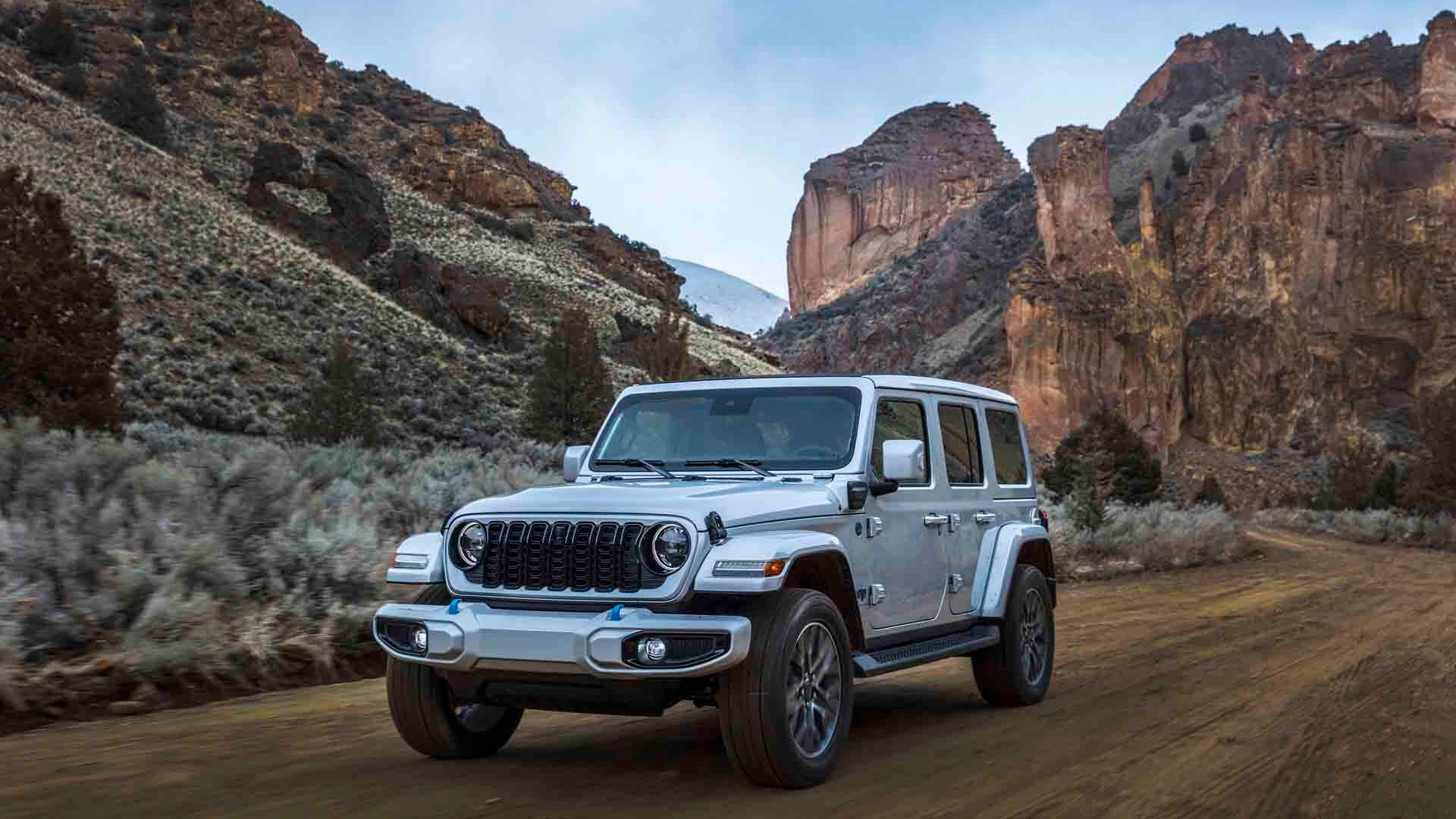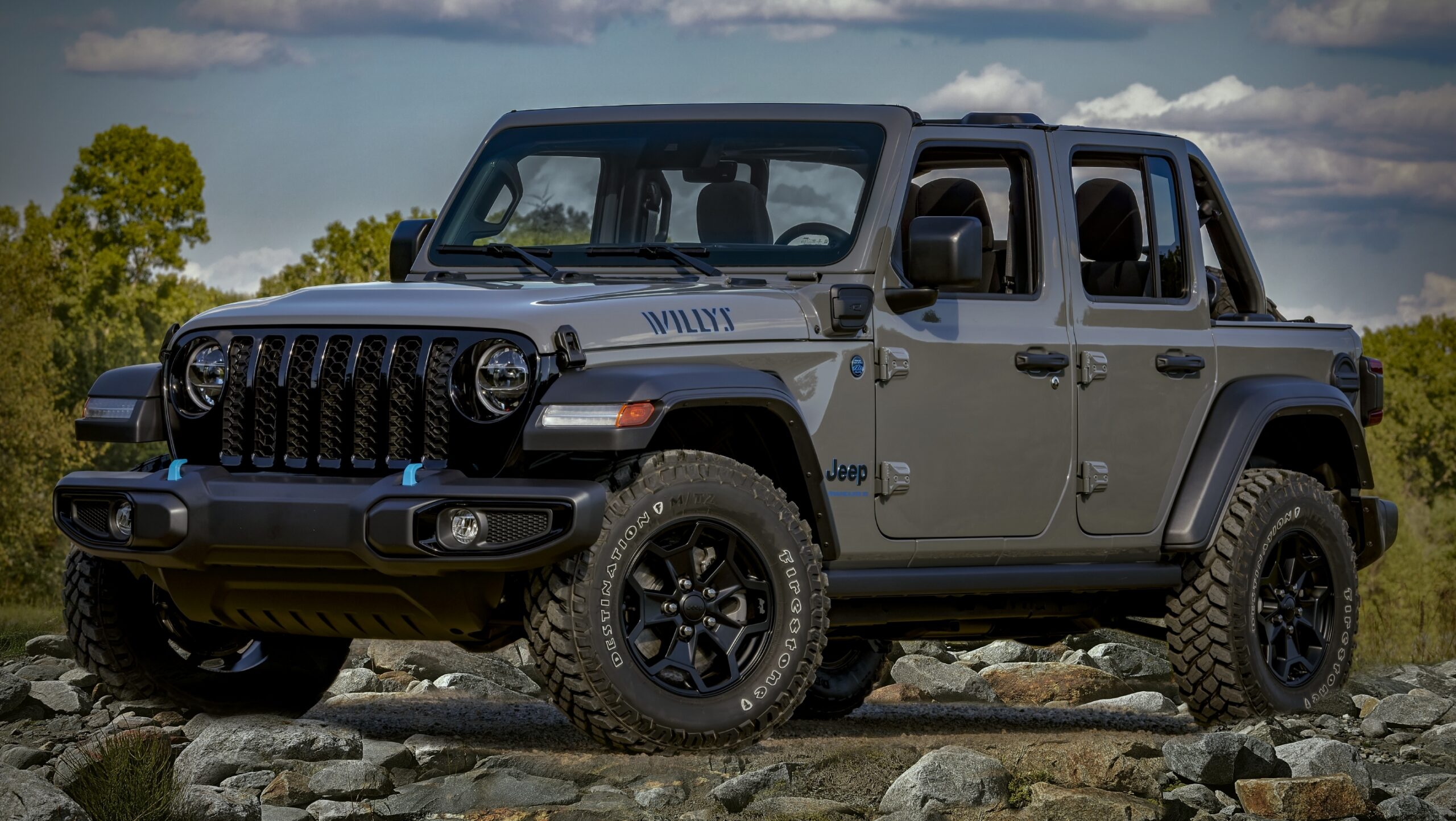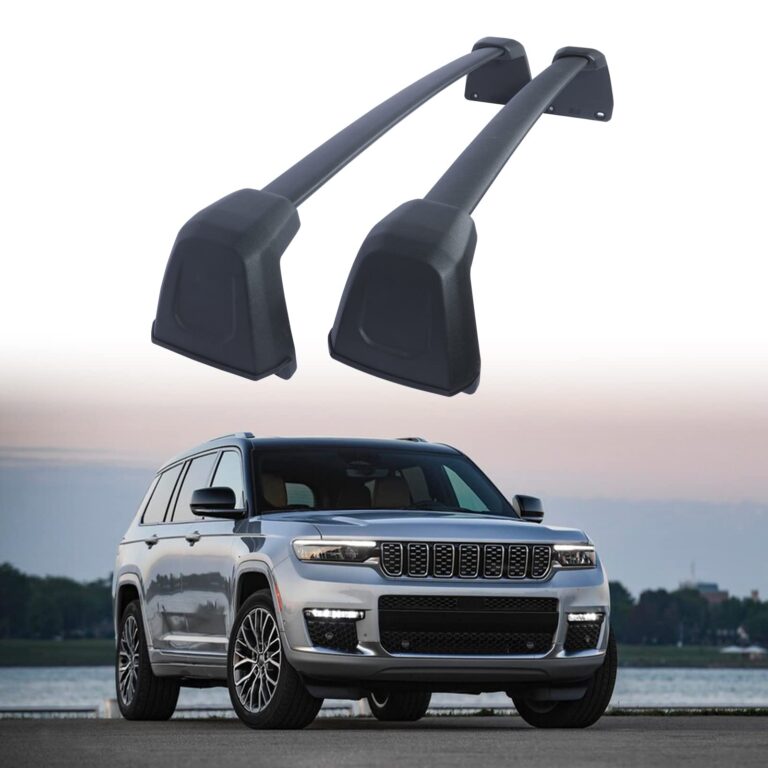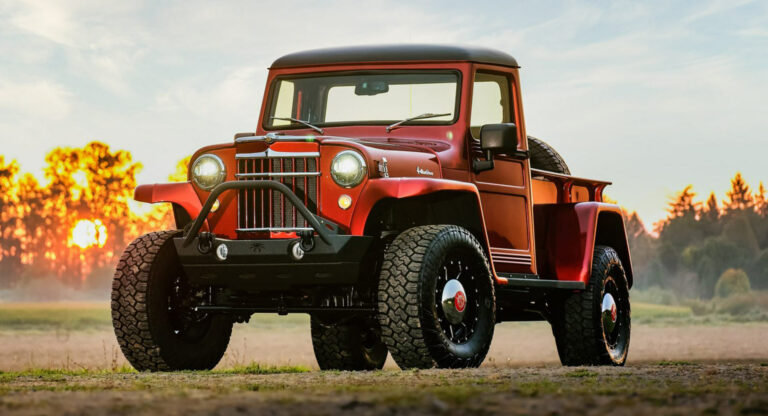Jeep Wrangler 2 Door Dimensions: Your Ultimate Guide to Understanding Its Footprint
Jeep Wrangler 2 Door Dimensions: Your Ultimate Guide to Understanding Its Footprint jeeps.truckstrend.com
The Jeep Wrangler is more than just a vehicle; it’s an icon, a symbol of freedom, adventure, and unparalleled off-road capability. While the four-door Unlimited model has gained immense popularity, the classic two-door Wrangler remains a beloved choice for purists and those who prioritize agility and a compact footprint. Understanding the dimensions of the two-door Jeep Wrangler is crucial for prospective owners, enthusiasts, and anyone looking to gauge its suitability for their lifestyle, whether it’s navigating tight city streets, fitting into a garage, or conquering challenging off-road trails. These measurements dictate everything from parking ease and interior comfort to its legendary performance on rugged terrain.
This comprehensive guide will delve deep into the various dimensions of the Jeep Wrangler 2-door, breaking down exterior, interior, cargo, and crucial off-road specifications. We’ll explore how these numbers impact daily driving and adventurous escapades, provide practical advice, and address common questions, ensuring you have a complete picture of this remarkable vehicle’s physical characteristics.
Jeep Wrangler 2 Door Dimensions: Your Ultimate Guide to Understanding Its Footprint
Understanding the Exterior Dimensions: A Compact Powerhouse
The two-door Jeep Wrangler is celebrated for its relatively compact size compared to its four-door sibling, making it more maneuverable and easier to park. These exterior measurements are vital for determining garage fit, street parking, and overall handling.
- Overall Length: This is the measurement from the very front bumper to the rearmost part of the vehicle, including the spare tire mounted on the tailgate. The two-door Wrangler’s length is a key factor in its superior breakover angle and maneuverability on tight trails. While specific figures vary slightly by trim and generation, modern JL two-door Wranglers typically hover around 166-167 inches (4216-4242 mm). Older JK models were slightly shorter.
- Overall Width: Measured from the widest points of the vehicle, excluding mirrors (often including them for overall clearance). The width impacts lane discipline, fitting through narrow gates, and trail clearances. Standard two-door Wranglers are generally around 73.8 inches (1874 mm) wide.
- Overall Height: This dimension is measured from the ground to the highest point of the vehicle, which can vary significantly depending on whether it has a soft top, hardtop, or a lifted suspension. For a stock two-door JL Wrangler, the height typically ranges from 73.6 to 74.5 inches (1869-1892 mm). This is crucial for garage clearance, car washes, and low overhead obstacles.
- Wheelbase: The distance between the center of the front wheels and the center of the rear wheels. A shorter wheelbase, characteristic of the two-door Wrangler, contributes directly to its exceptional breakover angle, allowing it to navigate steep crests and obstacles without "high-centering." The two-door JL Wrangler boasts a wheelbase of approximately 96.8 inches (2459 mm), significantly shorter than the Unlimited’s 118.4 inches.
- Track Width (Front/Rear): The distance between the centers of the wheels on the same axle. This impacts stability and how the vehicle tracks on different terrains. Modern two-door Wranglers have a track width of around 61.9 inches (1572 mm), contributing to their stable stance.
![]()
Practical Insight: The compact exterior dimensions of the two-door Wrangler make it surprisingly agile in urban environments and a master of tight turns on the trail. Its shorter wheelbase is a significant advantage for serious off-roaders tackling technical terrain.
Delving into Interior Dimensions: Surprisingly Spacious for Its Size

Despite its compact exterior, the two-door Wrangler offers a surprisingly accommodating interior, especially for front passengers. While it technically seats four, the rear seats are best suited for children or for short trips for adults.
- Front Headroom: Ample space above the driver’s and front passenger’s heads. Typically around 42.6 inches (1082 mm). This generous headroom is a hallmark of the Wrangler, especially appreciated by taller individuals, and it feels even more expansive with the top removed.
- Front Legroom: The distance from the seat to the pedals/dashboard. Often around 41.2 inches (1046 mm), providing comfortable seating for most adults.
- Front Shoulder Room: The width available for the shoulders of the front occupants, usually around 55.7 inches (1415 mm).
- Front Hip Room: The width available at hip level, typically around 53.9 inches (1369 mm).
- Rear Headroom: Significantly less than the front due to the roll bar and roofline. Around 41.7 inches (1059 mm).
- Rear Legroom: This is where the two-door Wrangler feels most constrained. Approximately 35.7 inches (907 mm). While adequate for children, adults will find it tight on longer journeys.
- Rear Shoulder Room: Around 57.7 inches (1466 mm).
- Rear Hip Room: Around 45.0 inches (1143 mm).
Practical Insight: The two-door Wrangler excels as a two-seater with occasional rear passenger use. If you frequently transport adult passengers or need extensive rear legroom, the four-door Unlimited is a better fit. However, for solo adventurers or couples, the front cabin is remarkably comfortable and airy.
Cargo and Storage Capacities: Maximizing Utility in a Smaller Package
Cargo space is often the biggest compromise with the two-door Wrangler compared to its four-door counterpart. However, understanding its limitations and potential solutions can help owners maximize its utility.
- Cargo Volume (Rear Seats Up): With the rear seats in place, the cargo area is quite limited, typically around 12.9 cubic feet (365 liters) in the JL generation. This space is generally sufficient for a few backpacks, groceries, or small gear. The mounted spare tire also takes up some external space.
- Cargo Volume (Rear Seats Folded): Folding down the rear seats significantly expands the usable cargo area to approximately 31.7 cubic feet (898 liters) in the JL. This transforms the Wrangler into a capable two-person adventure vehicle, allowing for camping gear, tools, or larger luggage. The rear seats can also be completely removed for maximum space, though this is a more involved process.
Practical Insight: For extended trips or hauling bulky items, two-door Wrangler owners often utilize roof racks, hitch-mounted cargo carriers, or even small trailers to augment the internal storage. Planning is key when packing for adventures in a two-door.
Off-Road Specific Dimensions: The Heart of the Wrangler’s Capability
This is where the two-door Wrangler truly shines. Its dimensions are meticulously engineered to conquer challenging terrain, offering capabilities unmatched by most other vehicles.
- Ground Clearance: The distance from the lowest point of the vehicle’s chassis to the ground. This is paramount for clearing obstacles like rocks, logs, and uneven terrain without scraping the undercarriage. For a stock two-door JL Wrangler, ground clearance can range from 9.7 inches (246 mm) for Sport models to 10.8 inches (274 mm) for Rubicon models, thanks to larger tires and specialized suspension.
- Approach Angle: The maximum angle of an incline that a vehicle can ascend without the front bumper or other front parts hitting the ground. A higher approach angle means the vehicle can tackle steeper obstacles head-on. The two-door JL Wrangler boasts impressive approach angles, often ranging from 41.4 to 44.0 degrees (depending on trim and air dam removal).
- Departure Angle: Similar to the approach angle, but for the rear of the vehicle. It’s the maximum angle of a decline that the vehicle can descend without the rear bumper or other rear parts scraping. The two-door Wrangler’s short rear overhang contributes to excellent departure angles, typically between 35.9 and 37.0 degrees.
- Breakover Angle: The maximum angle of an obstacle (like a crest of a hill) that the vehicle can traverse without its undercarriage (specifically, the midpoint between the axles) hitting the ground. This is where the two-door Wrangler’s short wheelbase is a massive advantage. JL models have breakover angles ranging from 20.0 to 22.6 degrees, allowing them to "climb over" obstacles that would leave longer vehicles high-centered.
- Water Fording Depth: While not a "dimension" in the traditional sense, it’s a critical capability related to the vehicle’s height and sealed components. Modern Wranglers are designed to ford up to 30 inches (762 mm) of water, assuming proper preparation and careful driving.
Practical Insight: These off-road dimensions are the reason the two-door Wrangler is so revered in the off-roading community. They allow it to navigate extreme terrain with surprising ease, making it a highly capable machine right off the showroom floor.
How Dimensions Evolved: JK vs. JL Generations
Jeep introduced the "JK" generation of the Wrangler in 2007, which saw the first four-door Unlimited model. The "JL" generation debuted in 2018, bringing significant updates. While the core "2-door" concept remained, dimensions saw subtle but impactful changes:
- Overall Length: The JL 2-door is slightly longer than the JK 2-door, primarily due to updated bumper designs and a slightly longer wheelbase.
- Wheelbase: The JL’s wheelbase is marginally longer than the JK’s, contributing to slightly improved on-road stability without sacrificing too much off-road agility.
- Interior Space: The JL generally offers slightly more refined interior packaging, leading to marginal improvements in passenger comfort, particularly in the rear.
- Off-Road Angles: Jeep continuously refines these angles with each generation. The JL generally maintains or improves upon the JK’s already impressive off-road geometry, often due to redesigned bumpers, higher fender flares, and optimized suspension.
These evolutionary changes mean that while both JK and JL 2-doors are highly capable, the JL offers a more modern package with incremental improvements across the board, including its dimensional characteristics.
Practical Considerations & Tips for 2-Door Wrangler Owners
- Garage Compatibility: Always measure your garage door opening height and depth before purchasing. While the 2-door is relatively compact, a lifted Wrangler or one with a roof rack can quickly exceed standard garage dimensions.
- Parking: Its short length and tight turning radius make parking surprisingly easy, even in congested areas.
- Modifications: Be aware that lift kits, larger tires, and aftermarket bumpers will alter all exterior and off-road dimensions. Always re-measure after modifications to ensure continued compatibility with your garage or other spaces. Larger tires, for instance, directly increase ground clearance, approach, and departure angles, but also raise the overall height.
- Choosing the Right Trim: Rubicon models, designed for extreme off-roading, come with larger tires and often higher ground clearance straight from the factory, impacting their initial dimensions compared to Sport or Sahara trims.
Challenges and Solutions Related to 2-Door Dimensions
- Limited Rear Cargo Space: This is the most common complaint.
- Solution: Utilize roof racks, hitch-mounted cargo carriers, or even small trailers for longer trips or bulky items. Consider removing the rear seats for maximum permanent cargo space if not regularly used.
- Rear Seat Access: Getting into the back seat of a two-door can be a bit of a squeeze.
- Solution: Primarily use the rear seats for children or for occasional, short trips for adults. The Wrangler is best suited for 1-2 primary occupants.
- Spare Tire Impact: The externally mounted spare tire adds to the overall length and can sometimes impede rear visibility or block trailer hitches.
- Solution: Aftermarket spare tire carriers can reposition the tire, or smaller tires might be used for daily driving if off-roading isn’t a constant.
Jeep Wrangler 2-Door Key Dimensions Overview (Typical Values for JL Generation)
| Dimension Category | Specific Dimension | Typical Measurement (Inches / Millimeters) | Notes |
|---|---|---|---|
| Exterior | Overall Length | 166.8 – 167.0 in / 4237 – 4242 mm | Includes spare tire. Varies slightly by trim. |
| Overall Width | 73.8 in / 1874 mm | Excludes mirrors. | |
| Overall Height | 73.6 – 74.5 in / 1869 – 1892 mm | Varies by trim (Sport vs. Rubicon) and top type (soft/hard). | |
| Wheelbase | 96.8 in / 2459 mm | Key for breakover angle and maneuverability. | |
| Front Track Width | 61.9 in / 1572 mm | ||
| Rear Track Width | 61.9 in / 1572 mm | ||
| Interior | Front Headroom | 42.6 in / 1082 mm | Ample space. |
| Front Legroom | 41.2 in / 1046 mm | Comfortable for most adults. | |
| Front Shoulder Room | 55.7 in / 1415 mm | ||
| Front Hip Room | 53.9 in / 1369 mm | ||
| Rear Headroom | 41.7 in / 1059 mm | Less than front, but still decent. | |
| Rear Legroom | 35.7 in / 907 mm | Limited for adults on long trips. | |
| Rear Shoulder Room | 57.7 in / 1466 mm | ||
| Rear Hip Room | 45.0 in / 1143 mm | ||
| Cargo | Cargo Volume (Seats Up) | 12.9 cu ft / 365 Liters | Very limited. |
| Cargo Volume (Seats Down) | 31.7 cu ft / 898 Liters | Much more usable for 2 occupants. | |
| Off-Road | Ground Clearance | 9.7 – 10.8 in / 246 – 274 mm | Varies by trim (Rubicon is highest). |
| Approach Angle | 41.4 – 44.0 degrees | Excellent for climbing obstacles. | |
| Departure Angle | 35.9 – 37.0 degrees | Great for descending obstacles. | |
| Breakover Angle | 20.0 – 22.6 degrees | Superior due to short wheelbase. | |
| MSRP Range | Typical MSRP Range | $32,000 – $55,000 USD | Varies greatly by trim, options, and model year. Not a dimension. |
Note: All dimensions are approximate and can vary slightly based on specific trim levels, tire options, factory accessories, and model year. Always consult official manufacturer specifications for the most accurate data for a particular vehicle.
Frequently Asked Questions (FAQ) About Jeep Wrangler 2-Door Dimensions
Q1: Is the 2-door Wrangler significantly smaller than the 4-door?
A1: Yes, significantly. The 2-door Wrangler has a much shorter wheelbase (96.8 inches vs. 118.4 inches for the 4-door JL), making it about 20 inches shorter overall in length. This impacts interior space (especially rear legroom and cargo) but vastly improves off-road maneuverability and breakover angle.
Q2: Will a 2-door Wrangler fit in a standard garage?
A2: Most standard garages (typically 7-8 feet high and 20 feet deep) can accommodate a stock 2-door Wrangler. However, always measure your specific garage dimensions, especially if the Wrangler has a lift kit, larger tires, or a roof rack, as these will increase its overall height.
Q3: How much cargo space does the 2-door Wrangler actually have?
A3: With the rear seats up, it has very limited cargo space, around 12.9 cubic feet (JL model). This is comparable to a small sedan’s trunk. With the rear seats folded down, it expands to about 31.7 cubic feet, making it much more practical for two people.
Q4: Are the rear seats usable for adults in a 2-door Wrangler?
A4: For short trips, adults can fit, but rear legroom is tight (around 35.7 inches). It’s most comfortable for children or for occasional use. The 2-door Wrangler is best thought of as a 2+2 rather than a full four-seater.
Q5: How do modifications like lift kits affect dimensions?
A5: Lift kits directly increase overall height and ground clearance. Larger tires (often installed with lift kits) also contribute to increased height and improved approach, departure, and breakover angles. Always consider these changes when planning modifications, as they impact garage fit, handling, and fuel efficiency.
Q6: What makes the 2-door Wrangler better for off-roading than the 4-door?
A6: Its shorter wheelbase gives it a superior breakover angle, meaning it’s less likely to high-center on steep crests and obstacles. It also has a tighter turning radius, allowing for better maneuverability on narrow, winding trails.
Conclusion: The Purposeful Proportions of the 2-Door Wrangler
The Jeep Wrangler 2-door’s dimensions are not arbitrary; they are the result of decades of design evolution aimed at maximizing its legendary off-road capability and delivering a unique, open-air driving experience. While its compact nature might present challenges in terms of interior passenger and cargo space, these are often outweighed by its undeniable agility, ease of parking, and unmatched prowess on the trails.
Understanding the precise measurements of its exterior, interior, cargo capacity, and crucial off-road angles empowers prospective owners to make an informed decision. For those who prioritize a nimble, capable, and iconic vehicle for solo adventures or two-person escapades, the 2-door Jeep Wrangler’s carefully engineered dimensions make it a compelling and truly distinctive choice in the automotive landscape. It remains a testament to Jeep’s core philosophy: building vehicles that can truly Go Anywhere, Do Anything.





